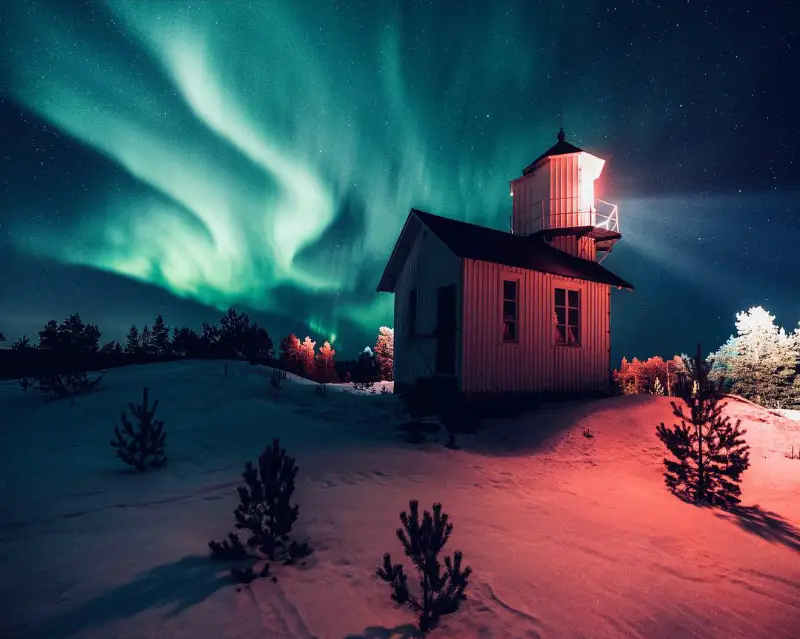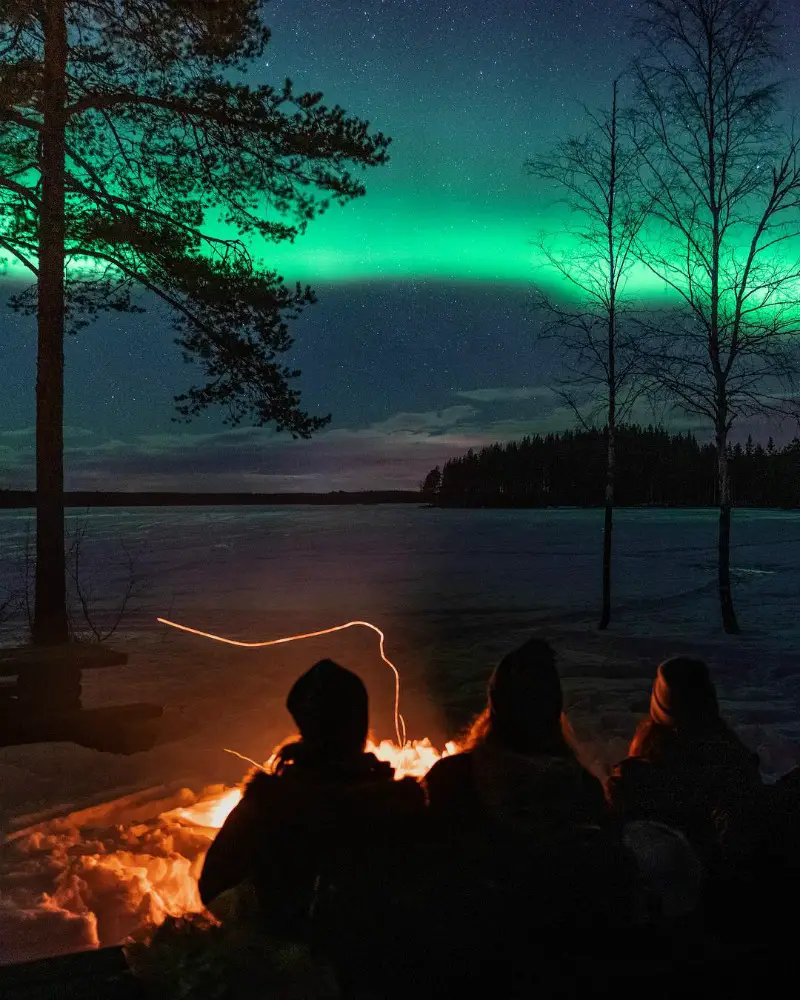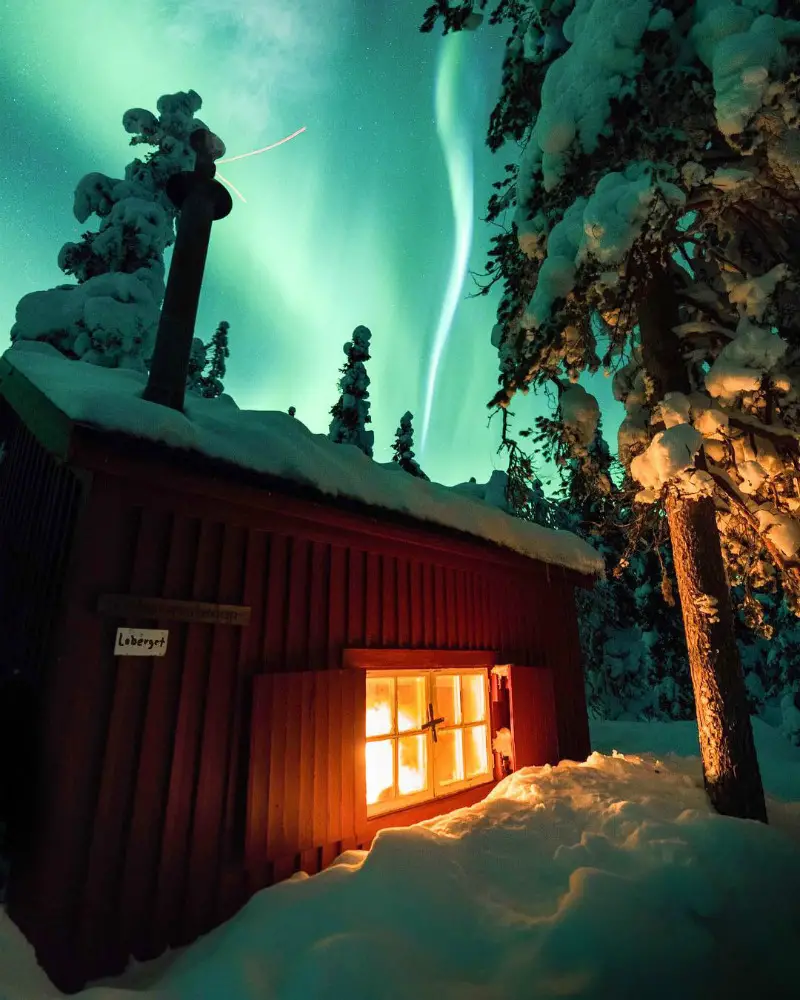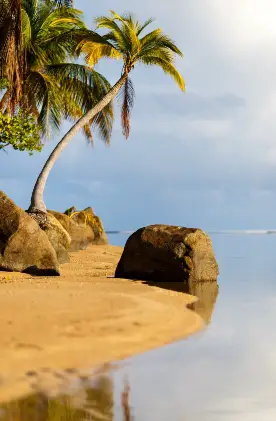My name is Johan Vall and I grew up in Gallivare in Northern Sweden. I got acquainted with the Northern Lights of Sweden from a very early age but seldom stopped and appreciated the beauty of this natural phenomenon.
I found an interest in photography during my time as a student in Lulea. However, I soon got tired of it. Ten years later, I met my wife and she loved to travel. Suddenly, a whole new world opened for me. When I started travelling the world, my passion for photography awoke again.
Why Sweden Should be on your Bucket List
Sweden offers many different landscapes – something that I as a landscape photographer especially appreciate. From the cultural landscapes in the south to the endless forests and the dramatic mountains in the north.
It’s easy to travel in Sweden. Everyone can speak English and the country has fantastic infrastructure, tourist facilities and public transport. Not only are the landscapes amazing but we have incredible natural phenomena in Sweden such as the Midnight Sun and Northern Lights.

How the Northern Lights Occur in Sweden
The Northern Lights of Sweden occur when particles from the sun – also known as solar wind – collide with oxygen and the nitrogen molecules in the earth’s atmosphere. Different molecules give different colours like green and purple. The Northern Lights appear as an arc over the far north.
As the Northern Lights increase in strength, the arc rises above the horizon and finally begins to dance. A faint aurora is not so impressive to see as it looks like a gray haze. On the other hand, a strong aurora that dances in multiple colours can be magical. You need to have some luck to see this.


My Favourite Northern Lights of Sweden Spot
I prefer to take photos of the Northern Lights at Backsjon outside of Umea. It offers endless opportunities for a photographer. Additionally, Backsjon is a calm, quiet and dark place located less than 10 km from my home. The Northern Lights can be tricky but once you see them – it’s phenomenal!


Seeing the Aurora Borealis in Swedish Lapland
The further north you go, the better chance you have of seeing the wonder of the natural wonder, the Aurora Borealis. It goes without saying that Swedish Lapland is the best place to see the Northern Lights in Sweden.
For example, places like Stora Sjofallet National Park and Abisko National Park are great. The nature in these regions is incredibly beautiful. Kiruna, Gallivare and Jokkmokk are good destinations for chasing the lights too.


A Favourite Memory Chasing the Northern Lights
One experience that will forever be special to me was when my friend Frederik and I visited Loberget north of Umea. All forecasts for this visit indicated that the big show would come the next day. We borrowed a snowmobile and went up the mountain. It was freezing that night.
When we arrived at the top of the mountain we found a cozy hut to base ourselves. At first we couldn’t see any Northern Lights. So we went indoors and made a fire in the stove and had something to eat.
After a while, we went outside again to check the sky. It looked hazy and we started to think that the evening was over. Frederik took a picture of what we thought was haze but it turned out to be the Northern Lights. All of a sudden they were everywhere! The Northern Lights began to take shape.
We witnessed an impressive Aurora Borealis display with dancing lights all around us. It was such a surreal experience and it took us by surprise. This experience in Loberget would have to be one of my favourite memories.


Best Time of Year to See the Northern Lights
The best time to see the Northern Lights in Sweden is from the beginning of September to the end of March. During these months the lights come and go periodically. Generally, September to October and February to March are best because the weather clear ups offering better visibility.
You require a clear night’s sky to be able to see the lights. Nothing is guaranteed but these months give you the best opportunity to see them.


Best Accommodation in Sweden for Northern Lights
One fantastic accommodation option in Sweden is Stora Sjofallet Mountain Center. It’s a super cozy place surrounded by fantastic nature. If you are looking for a hotel experience beyond the ordinary without sacrificing the Northern Lights – you can stay at either the epic Treehotel or Icehotel.

What you Need to Know Before you Go
The main thing about chasing the Northern Lights in Sweden is that you need dark open places, clear skies and preferably a beautiful natural surrounding to go with the setting. Make sure you bring a quality headlamp but turn it off as much as possible when exploring at night.
A proper camera with a wide angle lens is a given for those wanting to capture the auroras. The camera sensor is actually better than the human eye at observing colours in the dark. So even if the Northern Lights are not that strong, the camera can still take beautiful photos.
Last but not least, bring warm clothes. Too many aurora hunters return home freezing before the show starts. Layers are key and breathable warm materials, puffer jackets and beanies go a long way to keeping you warm. That’s it from me – enjoy your Northern Lights experience!

























